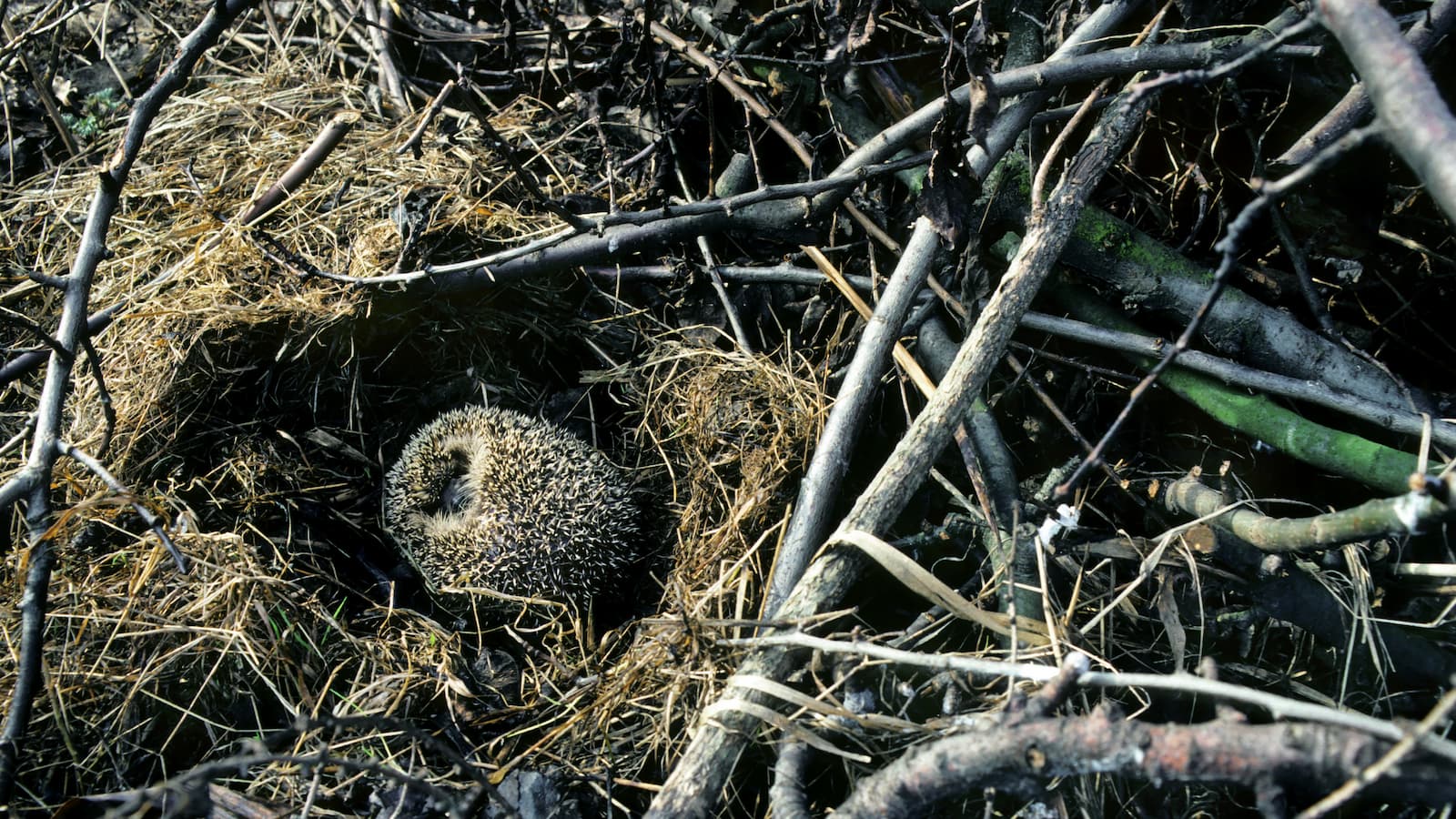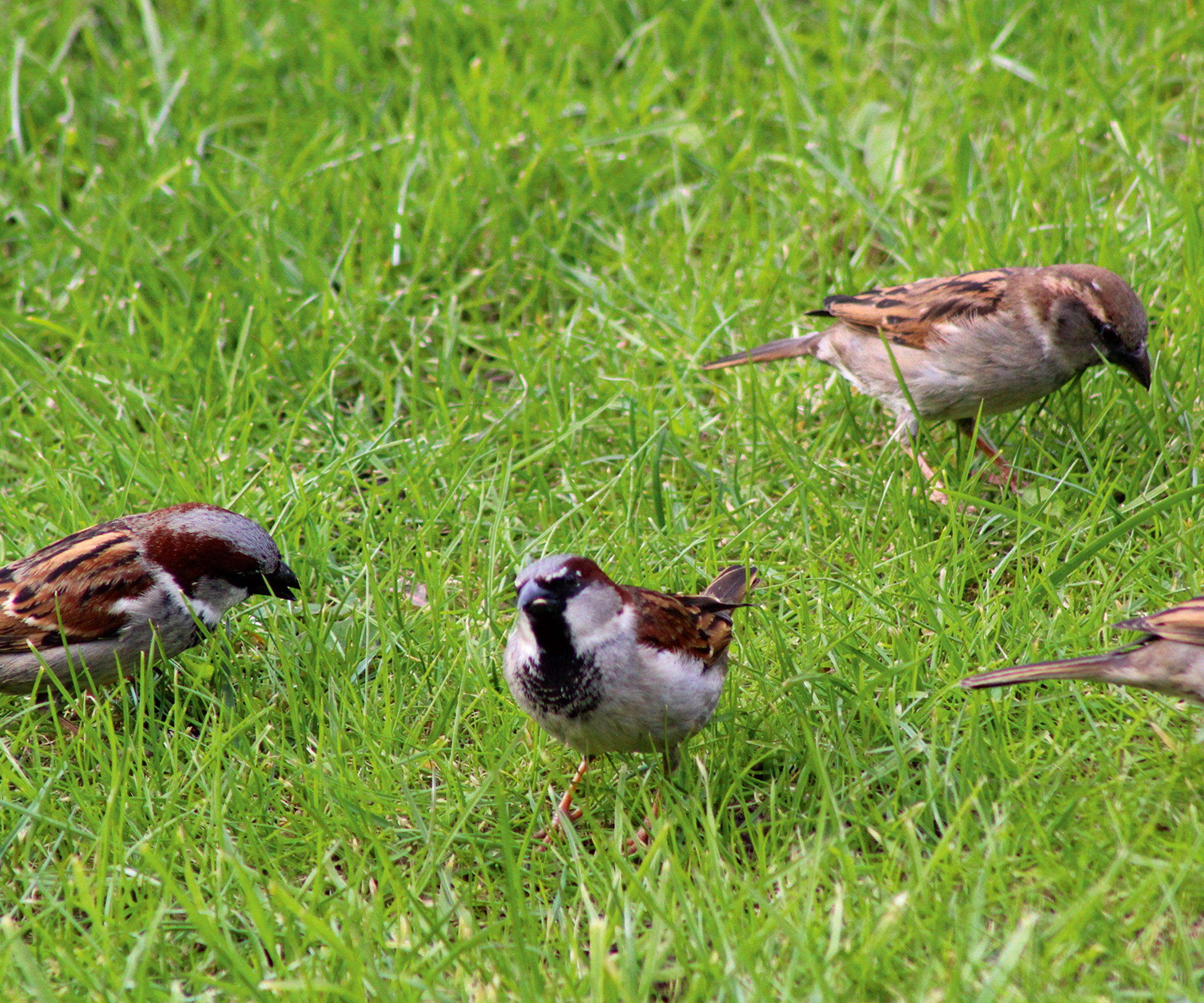Disturbing these hidden wildlife in your garden this winter could land you a big fine or 6 months in prison
Winter renovations and garden work can accidentally harm hibernating species. Experts reveal how to protect wildlife and stay on the right side of the law

Many homeowners don’t realise that their winter garden clearance or renovation projects could be putting protected wildlife at risk.
Disturbing hibernating or dormant species such as bats, hedgehogs, dormice, and amphibians is illegal and can carry fines or even prison sentences.
Experts recommend practical checks and careful planning to avoid accidental offences while supporting local biodiversity.
Which hibernating species are most commonly affected by winter work?

Hibernating or dormant species commonly affected in UK gardens include:
- Bats: All species roost in eaves, lofts, and trees, making them vulnerable during roof repairs or tree work. They are fully protected under the Conservation of Habitats and Species Regulations 2010 and the Wildlife and Countryside Act 1981.
- Hedgehogs: These small mammals often shelter under leaf piles, log heaps, or garden hedges. While there is no legislation against simply disturbing them, intentional harm is illegal. Imogen Buller, British Hedgehog Preservation Society, said: “It’s crucial to take care during winter garden works. Even though the law doesn’t specifically cover disturbing hibernating hedgehogs, accidental harm can be prevented with simple steps.”
- Hazel dormice, reptiles, and amphibians: Dormice, smooth snakes, sand lizards, and great crested newts are fully protected; disturbing their resting places is an offence.
- Birds: Even in winter, some birds use eaves, shrubs, or hedges for shelter. Their nests, eggs, and roosts are protected year-round.
Becky Pullinger, head of land use planning at The Wildlife Trusts, adds: “Before repairing roofs or trimming hedges, check for bat and bird roosts, and leaf piles or log piles for hibernating species. Installing bird or bat boxes can help provide safe winter shelter.”
Recent trends in crimes against wildlife
Reports show ongoing risk of wildlife disturbance during construction or gardening:
- Over five years, the RSPCA received 149 wildlife crime reports linked to building work, including disturbances to birds’ nests, badger setts, and fox dens.
- Enforcement outcomes vary: fines and conditional discharges have been applied inconsistently for similar offences.
- Winter is a particularly risky season because many species are hibernating, making them vulnerable to disturbance from garden clearance or renovation.
- Wildlife crime is often underreported, and the Home Office currently does not classify many offences as notifiable, leaving enforcement reliant on local discretion.
Becky Pullinger emphasises: “The UK’s gardens are larger than all National Nature Reserves combined. They provide crucial winter shelter for wildlife, so avoiding harm is vital both legally and environmentally.”
Bring your dream home to life with expert advice, how to guides and design inspiration. Sign up for our newsletter and get two free tickets to a Homebuilding & Renovating Show near you.
What are the legal penalties homeowners or builders could face?

Penalties for disturbing hibernating or protected wildlife vary depending on the species and the nature of the offence.
Disturbing bats, including their breeding sites or roosts, without a licence is illegal and can result in fines, seizure of equipment, or even prison sentences.
Other protected species, such as dormice, amphibians, and reptiles, are also legally safeguarded, and it is an offence to harm them or obstruct their shelters.
Recent enforcement outcomes highlight the potential consequences. In one case last year, fines and costs totalling £2,605 were imposed for demolishing a building containing a Pipistrelle bat day roost.
In another a builder in Caerphilly received a 12-month conditional discharge and was ordered to pay £111 in costs for removing a roof where bats were known to be roosting.
Natural England advises that homeowners or builders consult them for guidance and, where necessary, obtain mitigation licences to lawfully manage any unavoidable disturbance of protected species.
Three practical checks for homeowners before starting winter works
Experts recommend a simple three-step approach to prevent accidental harm:
- Survey and inspection: Identify possible habitats like hedges, log piles, ponds, eaves, and roofs. Licensed ecological surveys are advised if bats, dormice, or newts may be present.
- Consult authorities: Contact local Wildlife Trusts, Natural England, or your planning authority for guidance on protected species, restrictions, and required licences.
- Modify or delay work: Avoid disturbing shelter areas, leave small leaf piles or log heaps intact, and consider installing bird or bat boxes to provide alternative winter shelter.

News Editor Joseph has previously written for Today’s Media and Chambers & Partners, focusing on news for conveyancers and industry professionals. Joseph has just started his own self build project, building his own home on his family’s farm with planning permission for a timber frame, three-bedroom house in a one-acre field. The foundation work has already begun and he hopes to have the home built in the next year. Prior to this he renovated his family's home as well as doing several DIY projects, including installing a shower, building sheds, and livestock fences and shelters for the farm’s animals. Outside of homebuilding, Joseph loves rugby and has written for Rugby World, the world’s largest rugby magazine.
